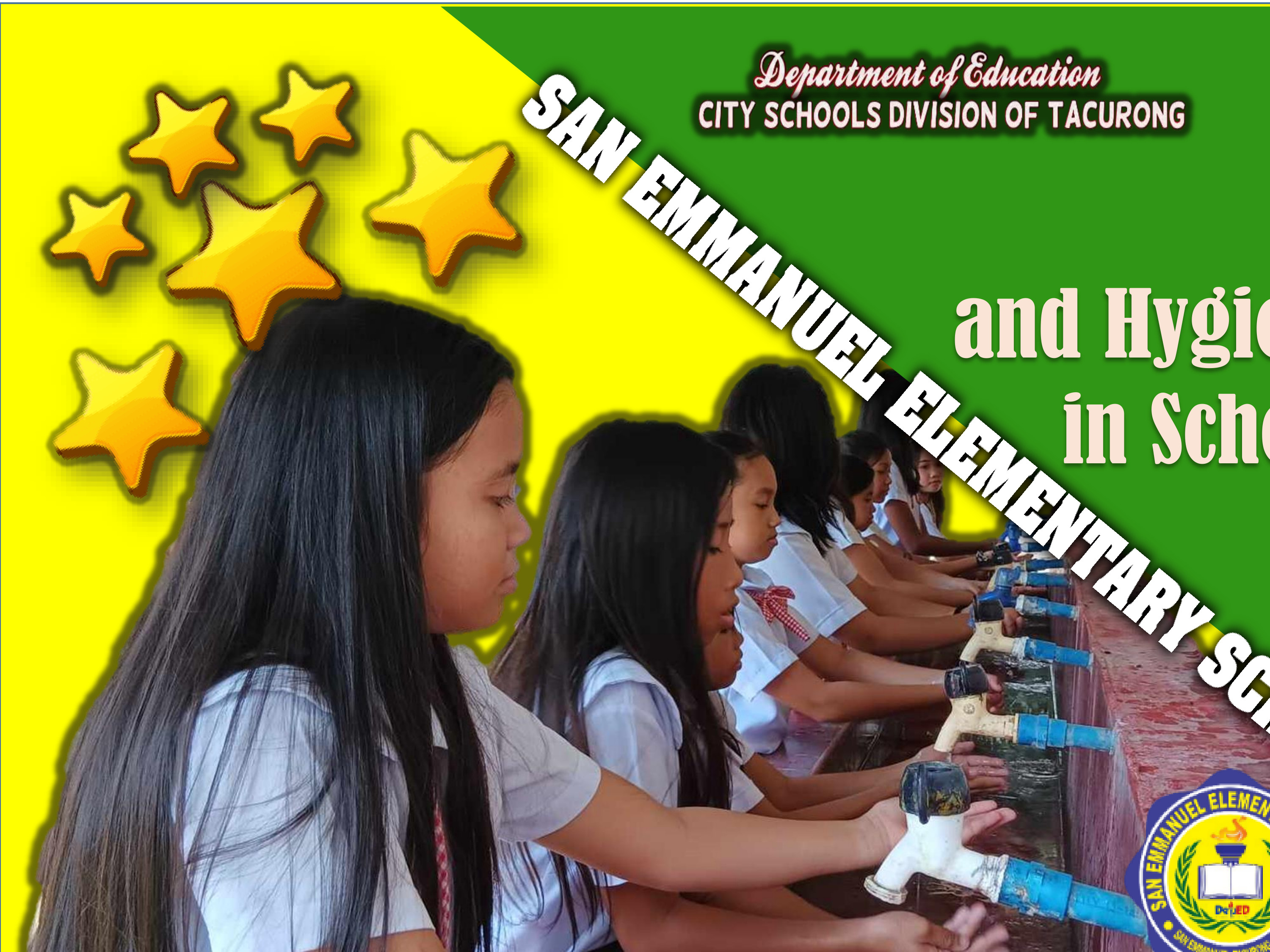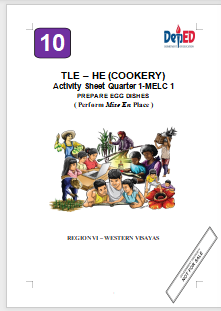
302706-Emiliano Lizares National High School-TLE COOKERY10-QUARTER 1-Module 1: PREPARE EGG DISHES
Eggs are a staple part of the diet of millions of people around the world because eggs are not expensive, always available and easy to prepare. Eggs are highly nutritious that is why they are popular as a staple food. Despite the popularity of eggs, still there are people that are not familiar with its structure, composition and nutritive value. Learning these can help one understand the reasons why eggs become an important part of the human diet.
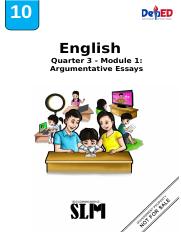
325302-CANTAO-AN NATIONAL HIGH SCHOOL-ENGLISH-10-QUARTER3-MODULE 1
When we hear the word “argument,” we know this as a heated conversation.
However, academically speaking, it is an attempt to persuade someone by presenting
evidence to the reader for why it is a more favorable choice regarding a particular
issue. We persuade people to agree with our claim using facts. This is called
argumentation.
In order to do that, we need to do research and find evidences to support our
claim. This kind of writing is what we call “argumentative essay.” An argumentative
essay is a written form of argumentation
An argumentative essay presents evidences for a claim in order to let the
reader know why it is more favorable. It also shows why the other side of an issue is
unfavorable or less favorable. It also includes, like any other essay, an introduction
and conclusion.
An argumentative essay is a piece of writing that takes a stance on an issue.
In a good argumentative essay, a writer attempts to persuade readers to understand
and support their point of view about an issue by stating their reasoning and
providing evidence to support it.
Argumentative essay writing is a common assignment for high school and
college students. Generally, argumentative essay topics are related to science,
technology, politics, and health care.

301285 Amontay National High School Philippine Politics 11 Quarter 1 Module 2 : Classical to Modern Political Ideologies
- Legislative branch: Makes laws
- Executive branch: Enforces laws
- Judicial branch: Interprets laws
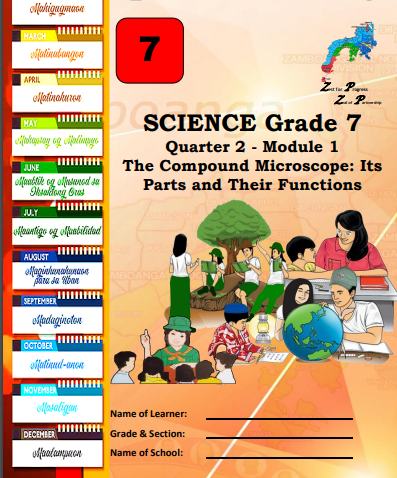
304043-MACALIBRE ALTO NATIONAL HIGH SCHOOL-SCIENCE 7-QUARTER 2-MODULE 1:THE COMPOUND MICROSCOPE
This module was designed and written in a way that suits your understanding and needs. It is here to help you master in identifying the parts of the compound microscope and their respective functions (S7LT-IIa-1), and part of the activities presents the proper way of unboxing and handling the microscope which will prepare you to the next lesson. The scope of this module permits it to be used in many different learning situations. This module is about;
Lesson 1: The Compound Microscope
Objective: Identify parts of the compound microscope and their function
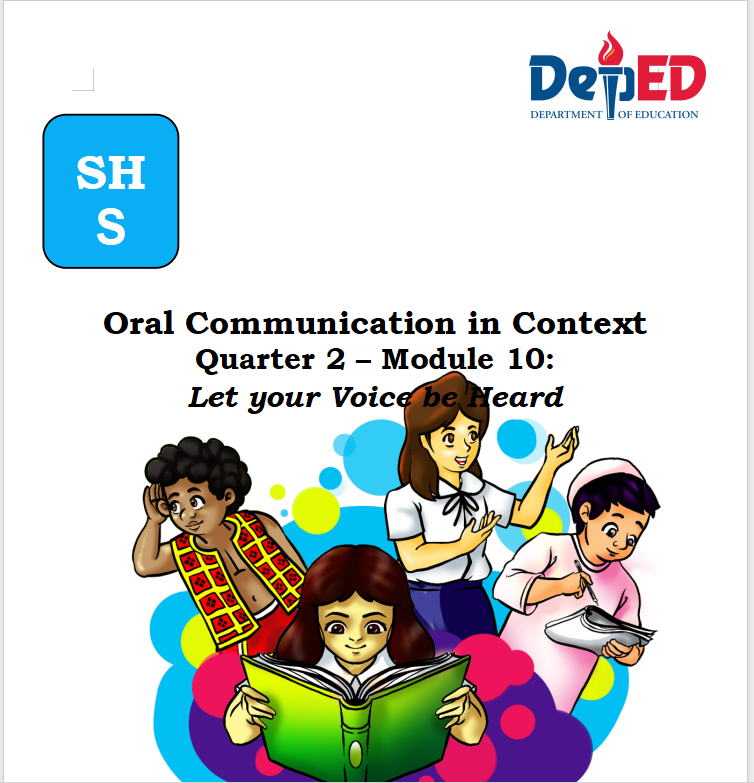
316005-FELIPE-INNOCENCIA DELUAO NATIONAL HIGH SCHOOL-ORAL COM-GRADE 11-QUARTER 2-MODULE 10:LET YOUR VOICE BE HEARD
This module aims to help improve learners’ communicative competence, sharpen their thinking skills, and develop their creativity and encourage independent study. To guide you in the learning process, activities, and exercises are embedded in this module. Directions are clear and concise to follow. Answer Key to activities is also provided to check how well do you know the topic. Before answering various activities, assessments and evaluations it is necessary that you have read and understood the introductory part and the reading discussions.
After you finish reading and answering the whole module, you are ready to apply a specific style to adapt to certain context and situation, thus, improving your appropriate speaking and conversation behaviors. Enjoy exploring this module.
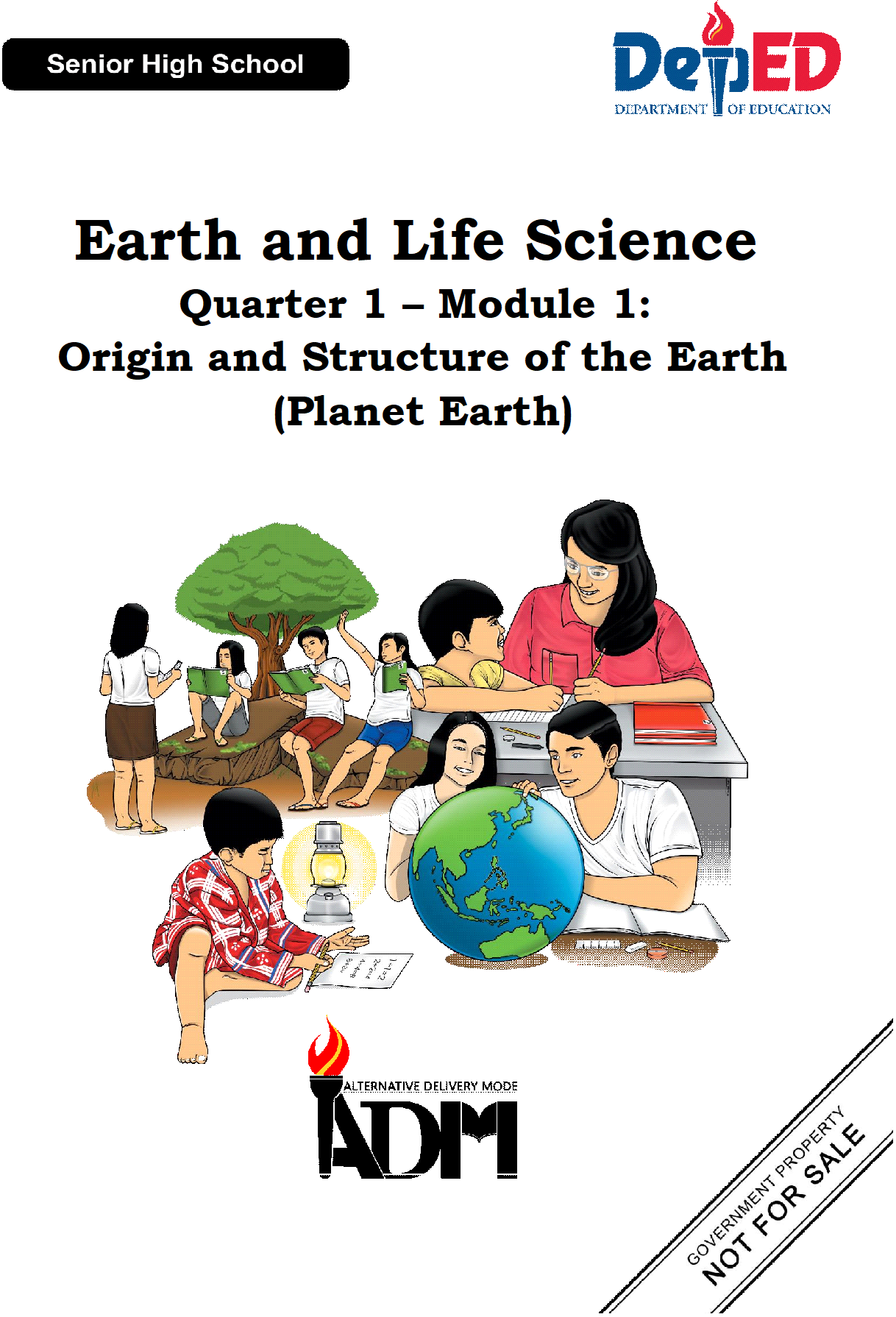
303704_LA LIBERTAD NATIONAL HIGH SCHOOL_EARTH AND LIFE SCIENCE_GRADE 11_QUARTER 1_M1:Origin and Structure of the Earth(Planet Earth)
This course the internal structure of Earth are the layers of the Earth, excluding its atmosphere and hydrosphere. The structure consists of an outer silicate solid crust, a highly viscous asthenosphere, and solid mantle, a liquid outer core whose flow generates the Earth's magnetic field, and a solid inner core.
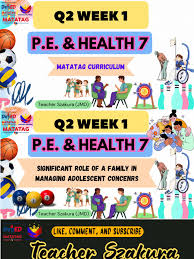
304488_Nueva Vida National High School_MAPEH_7_2_module 1
PE & HEALTH 7.quarter 2.week 1 Matatag Curriculum
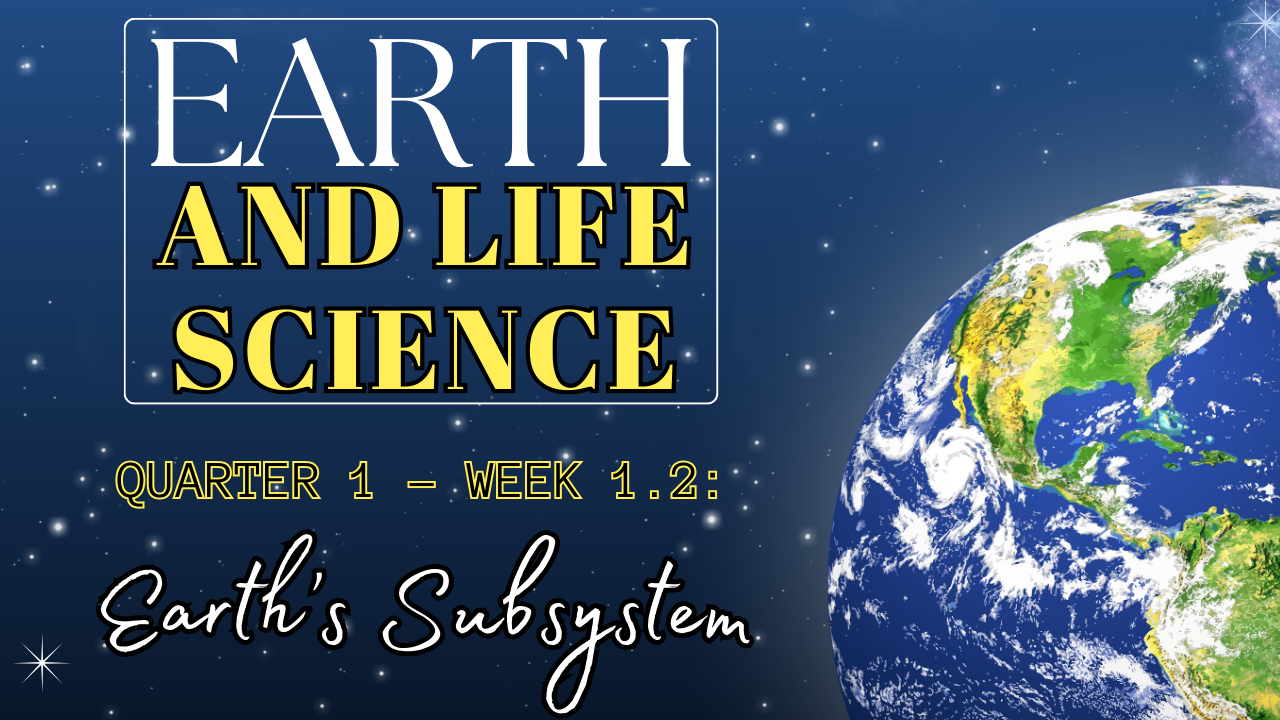
303663-Leyte National High School-Earth and Life Science-Grade 11-Quarter 1-Module 1.2:Earth's Subsystem
Earth and Life Science is a broad spectrum of science. Life science is about the study of living organisms and their relationships including biology, anatomy, ecology, etc. While earth science is the study of the planet and its neighboring celestial bodies of the solar system.
This course is here to help you understand Earth and Life Science subject particularly the topic Earth's Subsystem. This course discuss the 4 subsystems (geosphere,
hydrosphere, atmosphere, and biosphere) that make up the Earth, which boundaries cross between matter, energy flow, and show
the contributions of personalities/people on the understanding of Earth
Systems.
After going through this module, you are expected to:
1. Define the concept of a system;
2. Recognize the Earth as a system composed of subsystems; and
3. Discuss the historical development of the concept of Earth System.
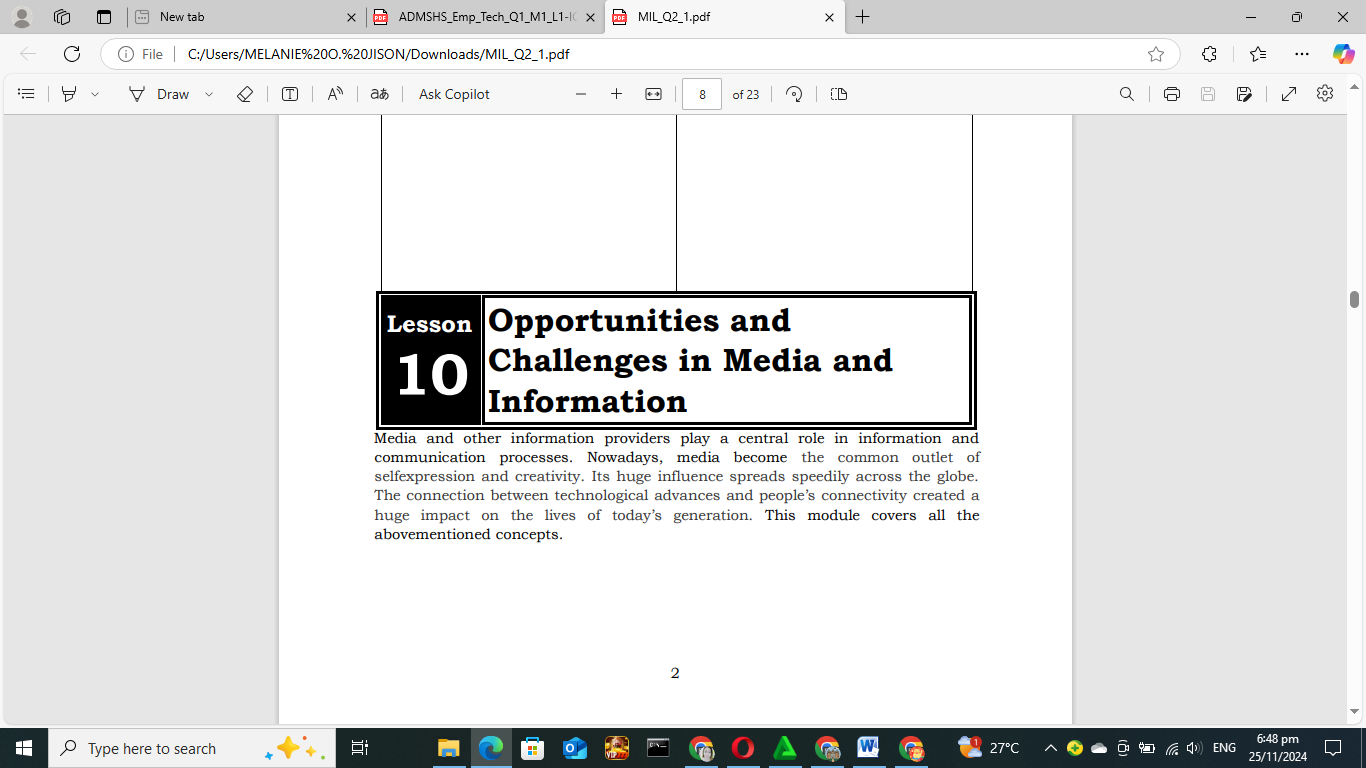
304488_Nueva Vida National High School_Media and Information Literacy_12_Quarter 2_Module 1:Opportunities and Challenges in Media and Information

304488-Nueva Vida National High School-Filipino 9-Quarter 1-Module 1:Maikling Kuwento
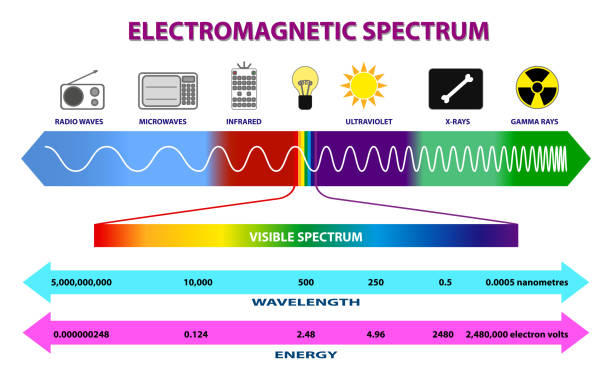
303729-Siari John H. Roemer National High School-Science 10-Quarter 2-Module 1:
This course introduces Electromagnetic Waves as a crucial topic in Physics, designed for Grade 10 students. In this module, learners will explore the nature, properties, and applications of electromagnetic waves, which are essential to understanding many modern technologies. Students will delve into the electromagnetic spectrum, learning about different types of waves—from radio waves to gamma rays—and their real-world uses in communication, medicine, and daily life.
Key topics include the characteristics of electromagnetic waves (such as wavelength, frequency, and energy), wave-particle duality, and how these waves interact with matter. The course also highlights practical applications of electromagnetic waves, such as in wireless communication, X-ray imaging, and microwave technology.
By the end of this module, students will have a solid understanding of how electromagnetic waves function and their significant role in both science and technology. The course will include interactive lessons, multimedia resources, and assessments to reinforce learning and encourage critical thinking.
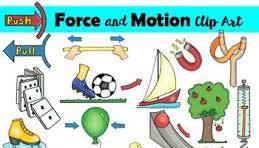
303729-Siari John H. Roemer National High School-Science 8-Quarter 1-Module 1: Forces
"This course explores the fundamental concepts of forces, motion, and their applications in the real world. Through interactive lessons and activities, students will develop a deeper understanding of the forces acting on objects around us."

303729-Siari John H. Roemer National High School-Science 8-Quarter 1-Module 1: Forces
"This course explores the fundamental concepts of forces, motion, and their applications in the real world. Through interactive lessons and activities, students will develop a deeper understanding of the forces acting on objects around us."

303663_Leyte National High School_General Mathematics_11_Module_1-3_Understanding Interest and Annuities
Course Summary: Understanding Interest and Annuities
The course "Understanding Interest and Annuities" is designed to equip learners with a solid foundation in financial concepts that play a crucial role in personal finance management. In today's financial landscape, a clear comprehension of interest—both simple and compound—and annuities is essential for making informed decisions regarding savings, investments, and loans.
Introduction to Interest
The journey begins with an exploration of what interest is, detailing its significance in finance. Participants will learn that interest is essentially the cost associated with borrowing money or the reward for lending it. This fundamental concept will be contextualized by examining its practical implications on everyday financial decisions, such as taking out loans or investing in savings accounts. Furthermore, learners will distinguish between simple and compound interest, setting the stage for deeper analysis in subsequent modules.
Module 1: Simple Interest
In the first module, the focus shifts to simple interest, defined by the straightforward formula ( I = P \times r \times t ), where ( I ) represents the interest earned or paid, ( P ) the principal amount, ( r ) the annual interest rate, and ( t ) the time in years. The module dives into real-life applications, illustrating how simple interest is calculated in various scenarios, such as savings accounts and personal loans. To foster hands-on learning, an interactive calculator allows participants to input different values, seamlessly demonstrating how interest accumulates over time. After engaging with the content, learners will complete a quiz designed to reinforce their understanding and retention of the material.
Module 2: Compound Interest
Building on the foundation of the first module, the course progresses to compound interest, characterized by its more complex formula ( A = P(1 + \frac{r}{n})^{nt} ). Here, learners will explore the intricacies of compounding—how interest on interest affects savings over time and the implications of different compounding frequencies. A visual representation contrasts compound interest against simple interest, helping learners appreciate its profound impact on investment growth. Scenario-based questions encourage critical thinking as participants apply their knowledge to predict outcomes based on various investment parameters.
Module 3: Simple Annuities
The final module shifts focus to simple annuities, defined by the formula for future value ( FV = P \frac{(1 + r)^n - 1}{r} ). Learners will explore how annuities function in contexts such as retirement planning and regular savings deposits. Interactive tools allow users to experiment with different payment amounts and interest rates, calculating future values instantly. Case studies delve into realistic scenarios, challenging learners to think critically and make calculations based on provided data, reinforcing their understanding of annuities.
Real-Life Applications and Discussion
Throughout the course, real-life examples are integrated into the teaching process to demonstrate how these financial concepts are relevant in everyday life. Participants engage in interactive discussions, sharing personal experiences and insights related to interest and annuities, fostering a collaborative learning environment.
Summary and Assessment
The course revisits key concepts, emphasizing the importance of financial literacy in managing personal finances. A comprehensive final assessment tests learners' understanding, blending various question types to evaluate their grasp on the material covered.
Development Methodologies
The course utilizes a robust Learning Management System (LMS) to facilitate structured learning and engagement. Interactive elements, group activities, and resources such as articles and videos deepen understanding, while continuous feedback opportunities ensure that the course remains relevant and effective.
Final Thoughts
"Understanding Interest and Annuities" is not just about formulas and calculations; it is a journey towards financial empowerment. By the end of the course, participants will not only have the knowledge to navigate financial decisions but also the confidence to apply these concepts in their everyday lives, contributing to a more informed and financially literate society.

303729-Siari John H. Roemer National High School-MAPEH 10-Quarter 2-Health Trends Issues and Concerns in the National Level
A Health Trends, Issues, and Concerns at the National Level course typically explores the major health challenges faced by a country, along with current trends and the factors influencing public health. Here's a summary of what such a course might cover:
1. Introduction to National Health Systems and Frameworks
- Overview of national healthcare systems (e.g., public vs. private healthcare, universal healthcare models).
- Role of government, policymakers, and healthcare professionals in shaping public health.
- Key national health agencies and organizations (e.g., CDC, WHO).
2. Current Health Trends
- Chronic Diseases: Rise in chronic conditions like obesity, diabetes, heart disease, and cancer.
- Mental Health: Growing recognition of mental health issues, including stress, depression, and anxiety, and their societal impact.
- Aging Population: Addressing the needs of an aging population and the impact on healthcare infrastructure.
- Lifestyle Diseases: The influence of diet, exercise, and substance use on public health (e.g., smoking, alcohol consumption, sedentary behavior).
- Technology & Health: Impact of digital health technologies, telemedicine, and AI in diagnostics and patient care.
3. Emerging Health Concerns
- Infectious Diseases: Managing outbreaks and pandemics, including emerging diseases like COVID-19, and the resurgence of others (e.g., tuberculosis, HIV/AIDS).
- Antimicrobial Resistance (AMR): Growing concern over antibiotic resistance and the implications for global health.
- Environmental Health: Impact of climate change, air and water quality, and environmental toxins on public health.
- Health Disparities: The unequal distribution of health resources and outcomes based on socioeconomic status, race/ethnicity, and geography.
4. Social Determinants of Health
- Factors such as income, education, employment, social support, and community safety that influence health outcomes.
- The role of public policies in addressing health inequities and improving access to care.
5. Health Policy and Reform
- Examination of national health policies, healthcare reform efforts (e.g., Affordable Care Act, Medicare for All).
- The balance between preventive care and treatment, and the financial sustainability of healthcare systems.
- National strategies for improving population health (e.g., Healthy People initiatives in the U.S., national vaccination programs).
6. Public Health Initiatives and Campaigns
- Review of major national public health campaigns, such as anti-smoking efforts, vaccination drives, and nutrition education programs.
- The role of mass media and digital platforms in promoting health awareness and behavior change.
7. Global Health Issues and Their National Impact
- The intersection of global health trends (e.g., pandemics, humanitarian crises) and national public health responses.
- The influence of international health organizations (e.g., WHO, UNICEF) on national health policies.
8. The Future of National Healthcare
- Innovation in healthcare (e.g., precision medicine, personalized health).
- The role of big data and health informatics in shaping future health trends.
- Preparing for future health challenges, including the next potential pandemics, and the integration of global health systems.
Learning Outcomes:
- Understanding of major health trends and challenges at the national level.
- Insight into the socioeconomic and political factors affecting health policy and outcomes.
- Ability to evaluate the effectiveness of national health interventions and initiatives.
- Awareness of current and future global health issues influencing national public health landscapes.
This course often combines case studies, analysis of health data, and policy reviews to provide a comprehensive understanding of how national health trends shape the well-being of a population

135_Schools Division Office_Administrative Management-Non-Teaching_Quarter_Module 1_Office Management Procedure
Ensuring productivity and efficiency in an office environment through the implementation, evaluation and maintenance of office procedures. An office manager is typically responsible for the planning and implementation of office management strategies. Understanding the different types of office management can help you identify a management style appropriate for your workplace. Detail the types of office management, outline their primary functions and share several tips for managing office environments.

132469-Badas Elementary School-Empowerment Technology-Senior High School-Quarter1-Module1.1-ICT and Its Current State
A sample module for Senior High School students taking Empowerment Technology under Quarter 1, Module 1.1. of which focuses on ICT and Its Current State.
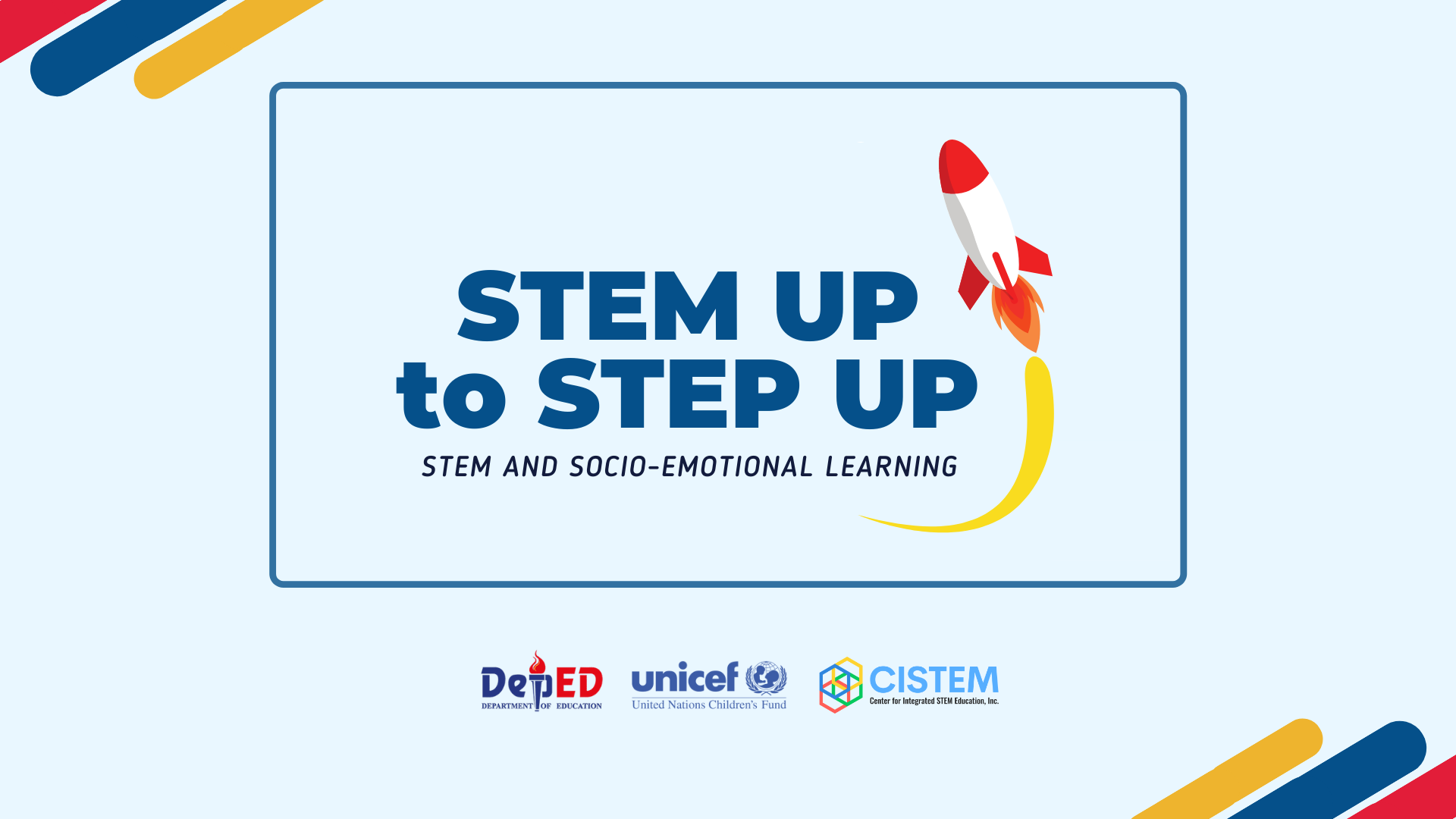
STEM UP to Step up
Lorem ipsum dolor sit amet, consectetuer adipiscing elit. Maecenas porttitor congue massa. Fusce posuere, magna sed pulvinar ultricies, purus lectus malesuada libero, sit amet commodo magna eros quis urna.

